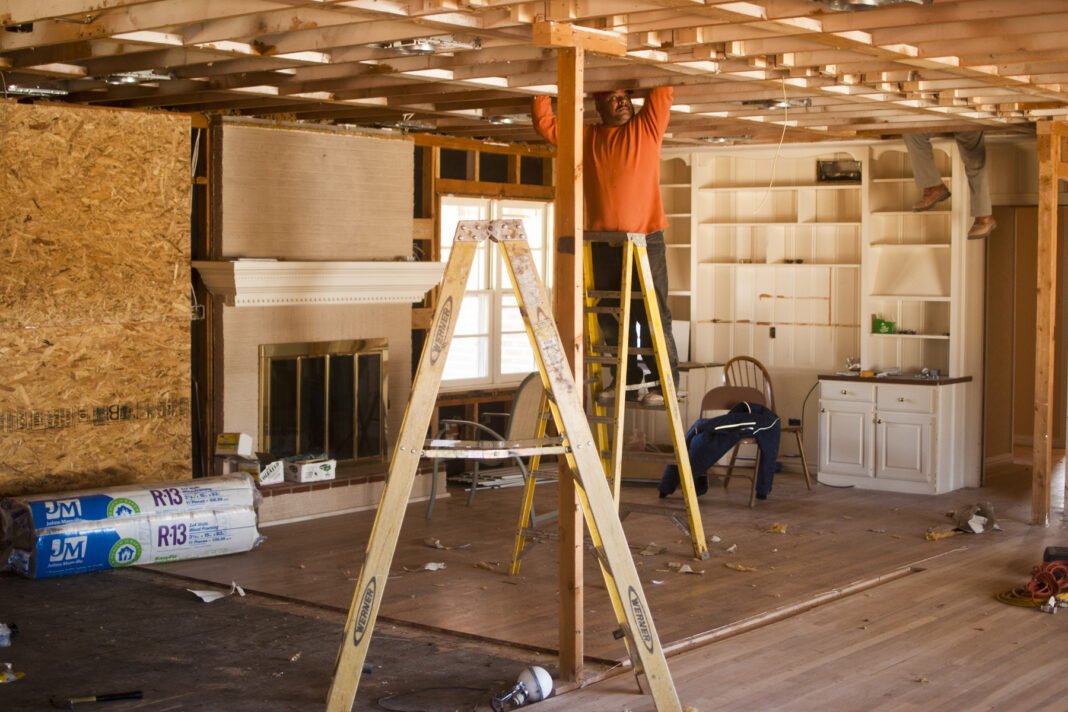Embarking on a home renovation project is an exciting endeavor that promises to transform your living space and enhance the functionality, comfort, and aesthetic appeal of your home. Whether you’re planning a small-scale remodel or a complete overhaul, thorough planning is essential to ensure a successful outcome and avoid costly mistakes and delays along the way. In this comprehensive guide, we’ll walk you through the key steps involved in home renovation planning, from setting goals and establishing a budget to selecting contractors and managing the project timeline, offering practical insights, personal anecdotes, and expert advice to help you navigate the renovation process with confidence and ease.
Setting Goals and Defining Your Vision
Before diving into the renovation process, take the time to clarify your goals and define your vision for the project. Consider what you hope to achieve through the renovation, whether it’s updating outdated features, expanding living space, improving energy efficiency, or enhancing overall functionality and comfort. Create a vision board, gather inspiration from home design magazines, websites, and social media platforms, and articulate your preferences, priorities, and must-have features to guide the planning process.
Assessing Your Needs and Priorities
Next, assess your needs and priorities to determine the scope and scale of the renovation project. Take stock of the existing condition of your home, identify areas that require attention or improvement, and prioritize renovations based on factors such as safety, functionality, and resale value. Consider your lifestyle, family size, and long-term goals when making decisions about layout, design, and functionality, and ensure that the renovation aligns with your budget and timeline constraints.
Establishing a Realistic Budget
One of the most critical aspects of home renovation planning is establishing a realistic budget that accounts for all expenses associated with the project. Begin by conducting research to determine the average cost of similar renovations in your area, taking into account factors such as labor, materials, permits, and professional fees. Set aside a contingency fund to cover unexpected expenses or changes to the project scope, and prioritize your spending to focus on high-impact areas that align with your goals and priorities.
Researching and Selecting Contractors
Finding the right contractors is essential to the success of your renovation project, so take the time to research and vet potential candidates thoroughly. Seek recommendations from friends, family, or colleagues who have recently completed similar renovations, and conduct online searches to identify reputable contractors in your area. Request quotes and proposals from multiple contractors, and ask for references, credentials, and examples of past work to assess their experience, expertise, and reliability.
Developing a Detailed Plan and Timeline
Once you’ve selected a contractor and finalized your budget, work together to develop a detailed plan and timeline for the renovation project. Outline the scope of work, including specific tasks, materials, and deadlines, and establish clear communication channels and expectations to ensure smooth collaboration throughout the process. Break down the project into manageable phases or milestones, and establish checkpoints and progress reviews to track the project’s timeline and budget and address any issues or concerns promptly.
Obtaining Necessary Permits and Approvals
Before commencing any construction or remodeling work, ensure that you obtain all necessary permits and approvals from local authorities and regulatory agencies. Research the permit requirements for your specific renovation project, including building codes, zoning regulations, and environmental restrictions, and submit the required documentation and fees to obtain permits in a timely manner. Failure to obtain the necessary permits can result in costly fines, delays, or legal complications, so prioritize compliance with local regulations and guidelines.
Managing the Renovation Process
As the renovation gets underway, actively manage the project to ensure that it stays on track and within budget. Maintain open lines of communication with your contractor, subcontractors, and suppliers, and address any issues or changes promptly to prevent delays or cost overruns. Regularly inspect the work in progress to ensure quality and adherence to specifications, and be prepared to make adjustments or decisions as needed to keep the project moving forward smoothly.
Celebrating the Completion of Your Renovation
Once the renovation is complete, take the time to celebrate and enjoy the fruits of your labor. Walk through your newly renovated home with pride, admiring the transformation and appreciating the hard work and dedication that went into making your vision a reality. Host a housewarming party or invite friends and family to celebrate the completion of your renovation project and showcase your beautiful, updated living space.
Conclusion
In conclusion, home renovation planning is a multi-faceted process that requires careful consideration, thorough research, and effective communication to ensure a successful outcome. By setting clear goals, establishing a realistic budget, selecting reputable contractors, and developing a detailed plan and timeline, you can navigate the renovation process with confidence and achieve the desired results for your home. Remember to prioritize functionality, safety, and quality in your renovation decisions, and don’t hesitate to seek professional advice or assistance when needed. With proper planning and execution, your home renovation project can transform your living space and enhance your quality of life for years to come.


